Picture yourself strolling through the lively streets of Tokyo, as the irresistible scent of freshly cooked noodles lingers in the air, leading you to a small, renowned udon restaurant.
With each mouthful of these thick, chewy noodles immersed in a flavorful, umami-packed broth, you realize that there’s a whole world of Japanese noodles waiting to be discovered.
From the earthy, robust flavors of soba to the countless variations of ramen and the hidden treasures like somen and yakisoba, each type of noodle offers a unique glimpse into the diverse culinary landscape of Japan.
But how can you differentiate between these noodle varieties and appreciate their individuality?
Join us as we unravel the secrets of Japan’s noodle culture, taking you on a journey through their origins, regional specialties, and the art of savoring them to the fullest.
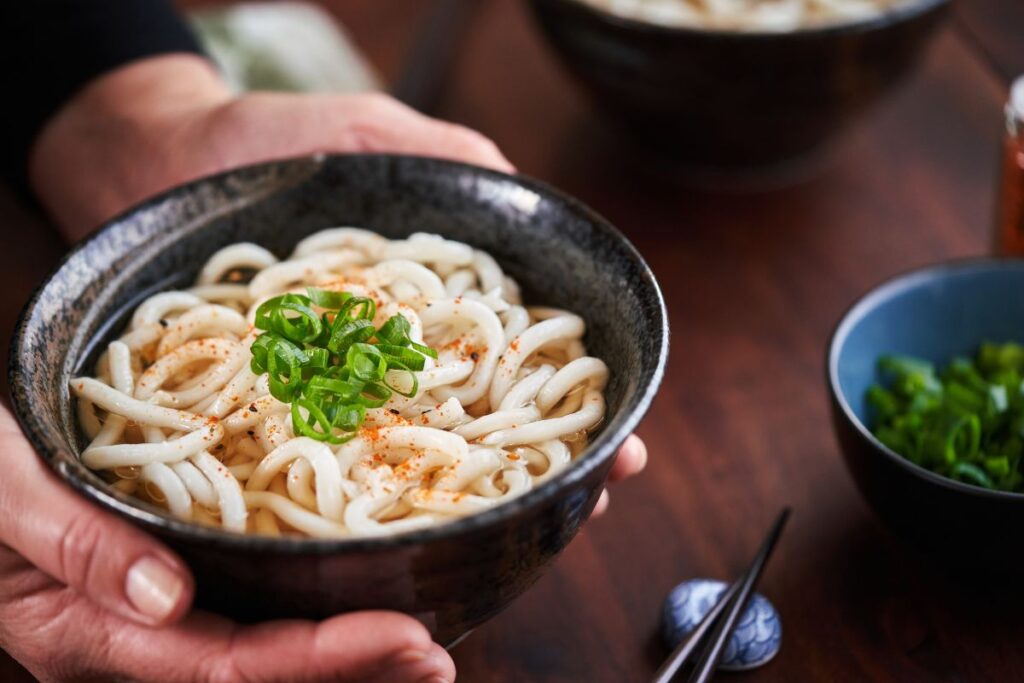

Exploring Udon Noodles
Udon noodles, with their thick, chewy texture, offer a unique and satisfying dining experience unlike any other Japanese noodles. You’ll find that mastering the art of cooking udon allows you to command the flavors and textures of your meals with precision.
These versatile noodles can be served cold in a salad, hot in a broth, or stir-fried, giving you the power to tailor your dish to your exact cravings.
To ensure your udon dishes reach their full potential, remember a few key techniques. First, boiling udon noodles just until they’re tender but still firm to the bite is crucial.
Overcooking them can lead to a mushy texture that’ll detract from their distinctiveness. After boiling, rinsing them under cold water stops the cooking process immediately, preserving their ideal texture.
Incorporating udon into your culinary repertoire also means you’re embracing a variety of sauces and toppings. Whether it’s a rich, savory broth or a light, soy-based sauce, you’ve got the freedom to experiment.
Toppings like scallions, tempura, or thinly sliced meat add layers of flavor and texture, putting you in complete control of the final dish.
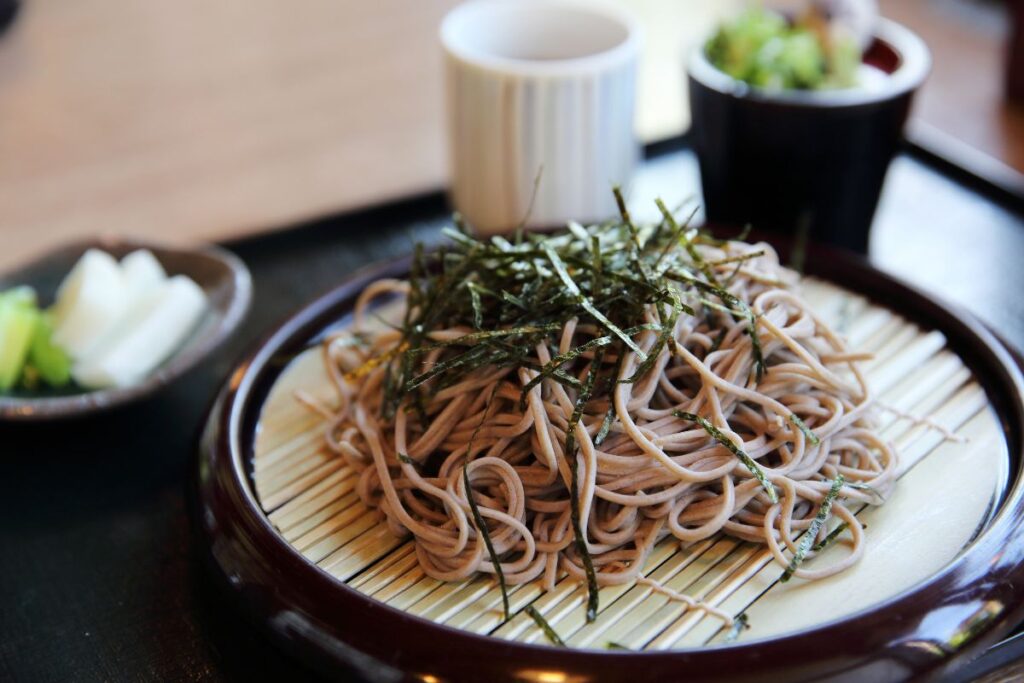

The World of Soba
After exploring the thick and chewy delights of udon, let’s now turn our attention to soba, a noodle known for its unique flavor and nutritional benefits.
Unlike udon, soba is made from buckwheat flour, offering a distinct nutty taste and a texture that’s both hearty and satisfying. This noodle isn’t just about flavor; it’s packed with health benefits, including high levels of protein, fiber, and essential minerals.
You’ve got the power to make your soba experience as simple or as complex as you desire. Dive into the basics with a cold soba dish, served with a dipping sauce that accentuates its earthy flavors.
Or, for something more warming, try hot soba in a broth, a comforting option that lets you experiment with various toppings like tempura, green onions, or even a soft-boiled egg.
Mastering soba doesn’t stop at traditional dishes. Embrace your creativity by incorporating it into salads, stir-fries, or whatever else your culinary instincts guide you towards.
Remember, the true beauty of soba lies in its versatility and the control it grants you in the kitchen. So go ahead, explore the world of soba, and make it uniquely yours.
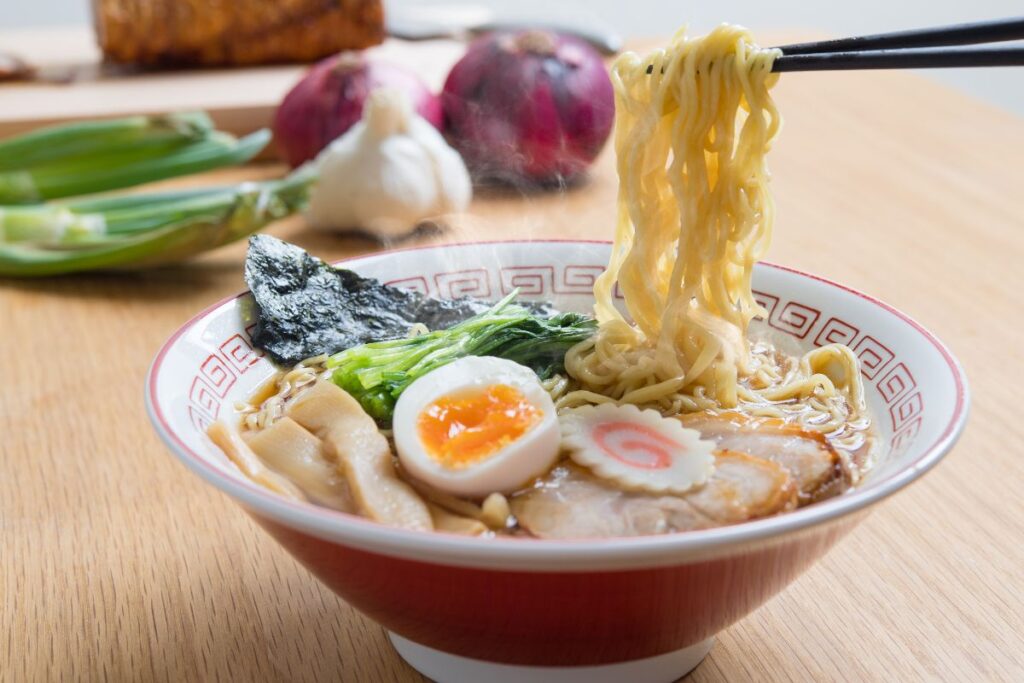

Ramen: Beyond the Bowl
Diving into the world of ramen, you’ll discover it’s much more than just a simple bowl of Japanese noodles and broth. This iconic dish offers a canvas for innovation, allowing you to take control and push boundaries beyond traditional expectations.
From ramen burgers, where juicy patties are sandwiched between ramen noodle buns, to ramen salads that mix crisp vegetables with chilled, tangy noodles, there’s a whole other dimension to explore.
You’re not limited to what’s been done before. Think about incorporating ramen into your own culinary creations. Imagine a ramen frittata, where the noodles provide a unique texture and flavor, or perhaps a ramen pizza, with a crispy noodle base that defies convention.
The key here is to see ramen as an ingredient that’s as versatile as rice or pasta, rather than just a dish on its own.
When you start experimenting with ramen beyond the bowl, you’re taking control of your food experience. You’re not just following recipes; you’re creating them.
This approach empowers you to blend traditions, innovate, and maybe even start a new trend.
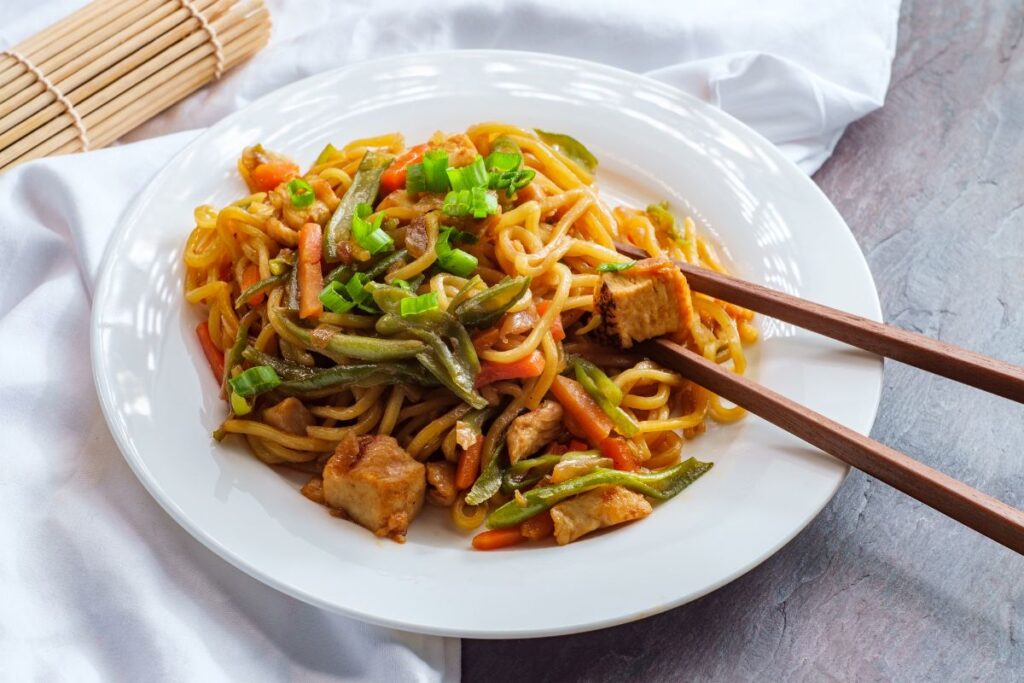

Discovering Somen and Yakisoba
Exploring beyond ramen, let’s turn our attention to somen and yakisoba, two other beloved Japanese noodles that offer unique flavors and textures.
Somen, thin and delicate, are usually served cold, making them a refreshing option during hot summer months. You’re in charge of your meal’s outcome by dipping them in a chilled broth or dressing them with a light sauce, showcasing their versatility.
Yakisoba, on the other hand, commands the scene with its bold, savory flavors. These Japanese noodles are stir-fried with a mix of vegetables and protein, then tossed in a tangy, sweet sauce that clings to every strand.
It’s your playground to experiment with; tweak the ingredients to suit your palate, whether you crave more spice, sweetness, or umami.
Both noodle types empower you to take the reins in the kitchen. Somen offers a canvas for light, nuanced flavors, while yakisoba invites you to engage boldly with ingredients and seasonings.
Dive into these dishes with the confidence that you’re not just following recipes—you’re crafting experiences. Embrace the control you have over these culinary adventures, and let your taste buds lead the way.
Regional Noodle Delicacies
Venturing across Japan, you’ll discover a rich tapestry of regional noodle delicacies, each with its unique ingredients and preparation methods.
Dive into Hokkaido for a steaming bowl of miso ramen, where the robust, miso-based broth battles the chill of northern winters. You’re in control here, choosing your preferred level of richness and toppings like butter and sweet corn.
Head south to Fukuoka, and you’ll find Hakata ramen. Its tonkotsu broth, simmered for hours, achieves a depth of flavor and creaminess that’s both complex and comforting. Customize your bowl with pickled ginger and sesame seeds to tailor it to your palate.
Don’t miss Tottori’s lesser-known yet fascinating warigo soba. Here, soba noodles are served in a unique, tiered presentation, allowing you to mix and match flavors with various dipping sauces and condiments. It’s your chance to experiment and find your favorite combination.
In Okinawa, challenge your taste buds with Okinawa soba, a dish that defies expectations. Despite its name, it features thick wheat noodles more akin to udon, served in a savory broth with tender pork belly. Adjust the spice level and toppings to suit your adventurous spirit.
Conclusion
Now you’ve journeyed through the delightful world of Japanese noodles, from the thick, chewy strands of udon to the delicate flavors of soba, the hearty bowls of ramen, and beyond.
You’ve discovered the lightness of somen and the sizzle of yakisoba, not to mention the unique regional specialties that offer a taste of local culture.
Dive in, experiment with different types, and you’ll soon find your own favorite way to enjoy these versatile, delicious noodles. It’s a world worth exploring.
However, we know that taste preferences can vary greatly from person to person. While some may find udon to be too heavy or soba to be too bland, others may have a different perspective altogether.
So, we want to hear from you! What’s your take on Japanese noodles? Do you have a favorite type or a unique way of preparing them? Leave a comment below and let’s know your thoughts.
Your insights may just inspire others to try something new or see these noodles in a different light.
Happy noodle slurping!


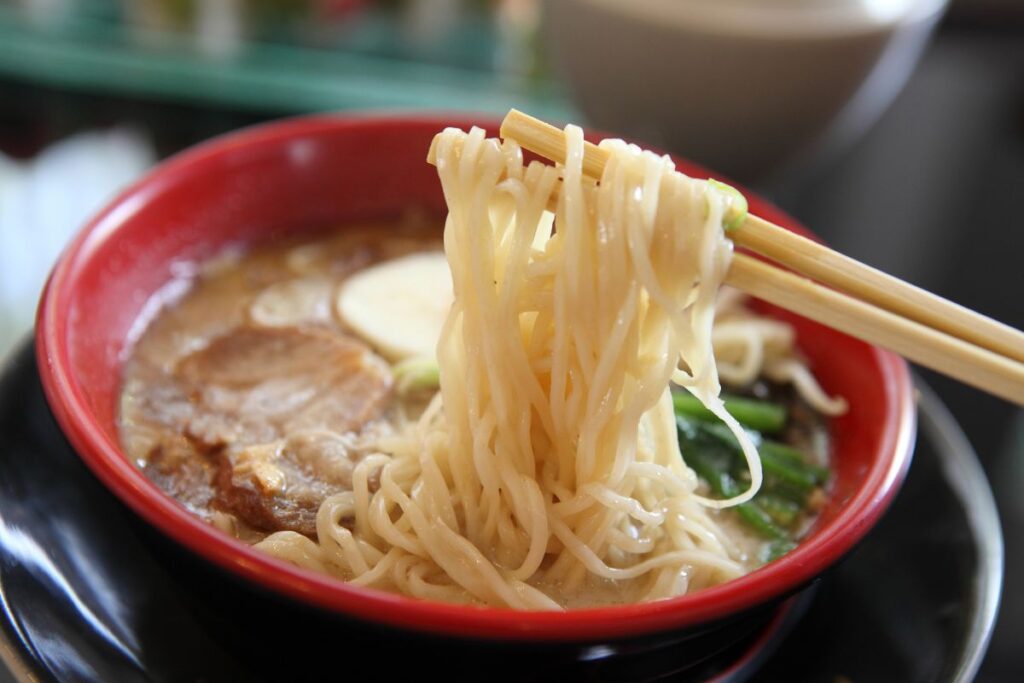

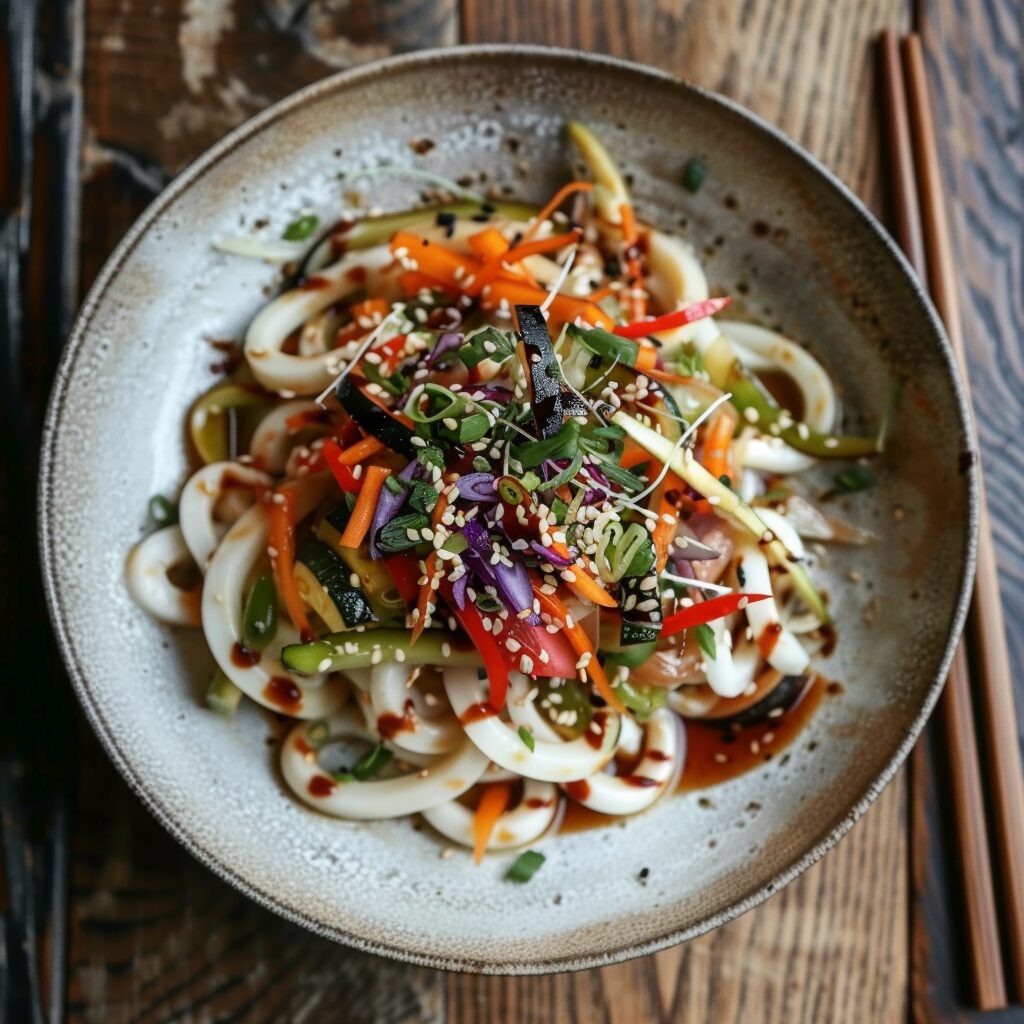
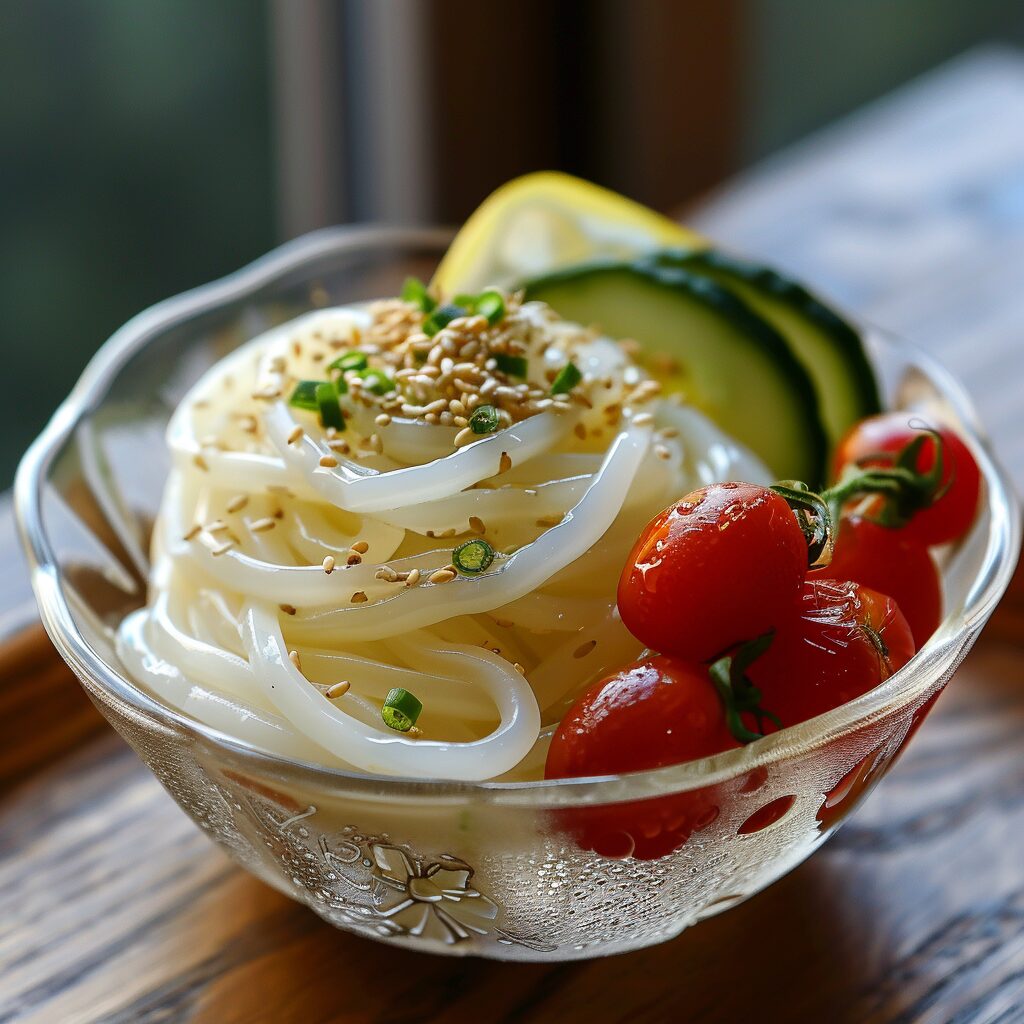
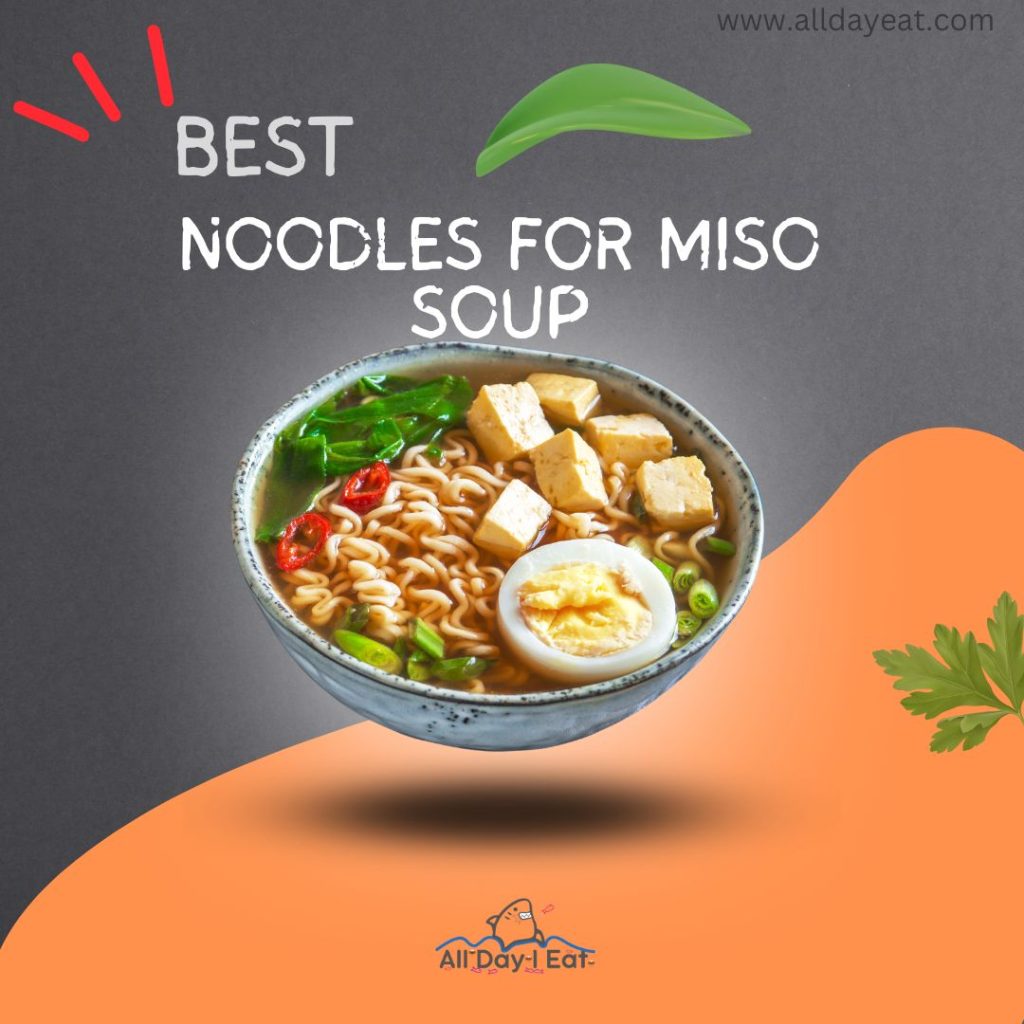
Konnichiwa! (Hello!) I'm Pat Tokuyama, a Japanese tofu cookbook author, who travels for music, food, and adventure. If you like Japanese tea, checkout some of the newestorganic japanese tea, matcha bowls and noren and more!
** Curious about the Plant Based Japanese Cooking Club? ** Learn more here!